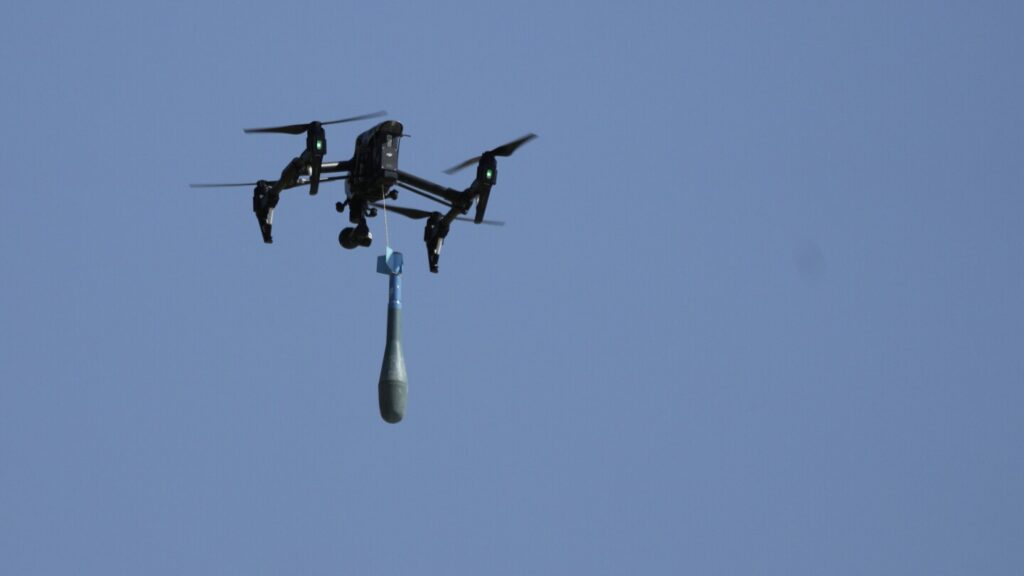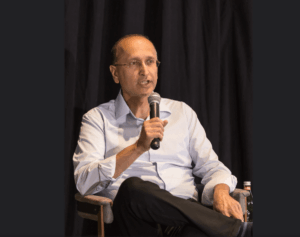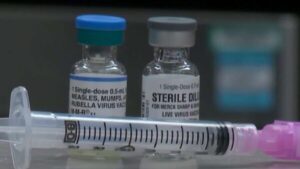
WASHINGTON — In a bold move to address emerging security threats and technological advancements, President Donald Trump on Friday announced new regulations aimed at countering the dangers posed by drones. Simultaneously, the administration is pushing for the revival of supersonic flight capabilities and the development of futuristic flying cars.
Immediate Impact on National Security
The executive orders signed by Trump are designed to empower the Federal Aviation Administration (FAA) to fast-track the development of rules that will allow drones to operate beyond their operators’ line of sight. This initiative includes implementing restrictions to protect against terrorism, espionage, and threats to public safety.
“These orders also address the growing threat of criminal, terrorist and foreign misuse of drones in U.S. airspace. We have a responsibility to protect and restore airspace sovereignty,” said Michael Kratsios, assistant to the president and director of the White House office of Science and Technology Policy.
Key Details Emerge
Drones have become integral in various sectors, from aiding search and rescue operations to delivering packages. However, recent conflicts, such as the war in Ukraine, have underscored their potential use in military or terrorist attacks. With major events like the World Cup and Olympics approaching in the U.S., the administration is keen to mitigate these risks.
Protecting U.S. Airspace
Sebastian Gorka, senior director for counterterrorism on the National Security Council, emphasized the importance of safeguarding airspace above large public gatherings. A federal task force will be established to evaluate drone threats, while existing terrorism task forces will incorporate drone-related issues into their assessments.
“Drones are a disruptive technology. They have an amazing potential for both good and ill,” Gorka said. “We will increase the enforcement of current laws to deter two types of individuals: evildoers and idiots — the clueless and the careless.”
Industry Response
The FAA is instructed to expedite a new rule restricting drone flights over sensitive sites. Collaboration with the Departments of Justice and Homeland Security will enhance enforcement of laws against illegal drone use. The FAA has been testing systems to detect and counter drones, using methods like radio signal jamming and high-powered microwaves or lasers to neutralize threats.
Expanding Drone Capabilities
The FAA has historically limited drones to the operator’s line of sight due to safety concerns but has granted exceptions to companies like Amazon. The new rules aim to establish a framework for broader drone use, unlocking their full potential.
Michael Robbins, CEO of the Association for Uncrewed Vehicle Systems International, praised the administration’s policies as a historic advancement for the U.S. drone industry.
Supersonic Flights and Flying Cars
One of Trump’s orders seeks to rescind the 1973 speed restriction that bans flights over Mach 1, replacing it with a noise standard. Advances in technology now allow supersonic flights without disruptive sonic booms, paving the way for faster transcontinental travel.
“The reality is that Americans should be able to fly from New York to LA in under four hours,” Kratsios said. “Advances in aerospace engineering, material science and noise reduction now make overland supersonic flight not just possible, but safe, sustainable and commercially viable.”
Blake Scholl, founder and CEO of Boom Supersonic, expressed gratitude for the administration’s support, noting that the repeal of the ban accelerates the development of their Overture supersonic airliner.
Concerns Over Chinese Drones
While the executive orders do not ban Chinese-made drones, such as those from DJI, the Trump administration prioritizes American-made drones in federal procurement. Grants will support state and local responders in purchasing U.S. drones, aiming to reduce reliance on foreign technology.
“This executive order marks a long-overdue investment in drone deterrence,” said Craig Singleton, a senior China fellow at the Foundation for Defense of Democracies. “Drone warfare isn’t a future threat — it’s already here.”
National Security Implications
The administration is mandating national security reviews of certain Chinese drone manufacturers, highlighting the growing concern over supply chain vulnerabilities. States and Congress have taken measures to restrict Chinese drone purchases due to espionage fears.
What Comes Next
The new rules signify a significant shift in U.S. drone policy, emphasizing security and innovation. As the FAA develops these regulations, the industry anticipates a clearer framework that balances technological advancement with safety and security.
Funk reported from Omaha, Nebraska. Associated Press writer Leah Askarinam contributed from Washington.







